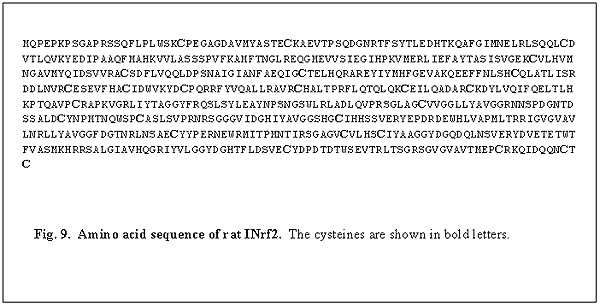|
Fig. 6. Effect of overexpression of Nrf1 and Nrf2 along with c-Jun on NQO1 gene hARE-, GST Ya gene ARE and g-GCS gene ARE-mediated CAT gene in Hep-G2 cells. The Hep-G2 cells were co-transfected with five micrograms of reporter plasmid hARE-tk-CAT, GST Ya ARE-tk-CAT or g-GCS ARE-tk-CAT and five micrograms of expression plasmids LNCX (vector alone), LNCX-Nrf1, LNCX-Nrf2, and LNCX-c-Jun individually and in the combinations as shown. LNCX-Nrf1R and LNCX-Nrf2R contained Nrf1 and Nrf2 in reverse orientation. These plasmids upon transfection in Hep-G2 cells did not increase the concentration of Nrf1 and Nrf2. On the other hand, LNCX-Nrf1C and LNCX-Nrf2C contained Nrf1 and Nrf2 cDNA in correct orientation. These plasmids upon transfection in Hep-G2 cells resulted in overexpression of Nrf1 and Nrf2. Five micrograms of RSV-b-galactosidase plasmid was included in each case as internal control of transfection efficiency. The total amount of DNA for transfection in each case was normalized to 20 micrograms with LNCX (vector alone plasmid). Forty-eight hours after transfection, the cells were analyzed for b-galactosidasae and CAT activities. The acetylated 14C-chloramphenicol in the upper spots on TLC plates were cut out, counted and used to calculate CAT activity. The various results are presented as mean ± S.E. of five independent transfection experiments.
|
